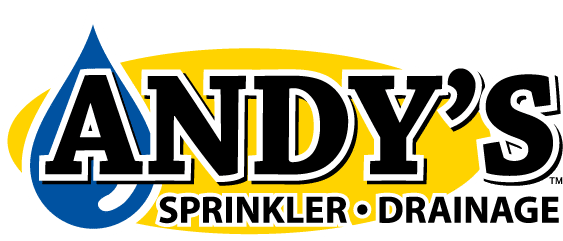How to Install Drip Irrigation for Raised Beds
Water shortage combined with extreme heat can be a death sentence for your plants. At Andy’s Sprinkler, Drainage & Lighting, we understand your desire to have a productive garden while adhering to the strictures of water-saving ordinances. Drip irrigation is an ecological option that provides the proper amount of moisture distributed evenly, resulting in healthier plants. Here are some considerations when installing drip irrigation for raised beds.
Selecting the Proper Tubing
Rather than struggling with spaghetti tubing that requires clamps and emitters, look for a product with pre-installed emitters spaced evenly every 6 inches or so. Besides being easier to install, it is more durable and does not leave exposed areas that can crack or break.
Determining the Right Layout
Length is not as important as width in determining how much tubing is needed. If the number of lines running across the bed is insufficient, there will be gaps in coverage. If too plentiful, you waste water and promote the growth of weeds, defeating the purpose of your drip irrigation for raised beds.
Cutting and Connecting
Tubing should be cut to leave about 6 inches on either end of the length of the area. Attach one end of the tube to a solid feeder line with connectors that insert inside the tubing. Once in, the connectors will not come out, so be sure you have measured carefully. Another solid feeder line should be dropped over the side of the bed to ground level.
Help With Installation
If you prefer to have your drip irrigation for raised beds installed by professionals, call us at [phone]. Our experts at Andy’s Sprinkler, Drainage & Lighting are available to help with your installation needs. We can determine the specifications that will provide the best results so that you can enjoy the benefits of water conservation and healthier plants.
